
|
|
||||||||||||||
LINK TO THE WINTER NEWSLETTER >>
SIGN UP FOR THE NEWSLETTER


|
|
||||||||||||||
LINK TO THE WINTER NEWSLETTER >>
SIGN UP FOR THE NEWSLETTER

In a major step forward for California’s housing market, the recently passed SB 684 opens the door for subdividing small lots into single-family fee simple homes in urban neighborhoods. This law promises to streamline the development process, cut costs, and provide more affordable housing options for entry-level buyers.
SB 684 allows owners of multifamily-zoned properties to subdivide their land into individual, fee-simple homes—not just condos—without the need for a homeowners association or CC&Rs. This will enable the creation of up to three single-family homes on lots that were previously limited to one or two. Additionally, it requires cities to allow a 30-unit-per-acre density standard for all multifamily zones, regardless of existing restrictions.
Perhaps most notably, the process is simplified: Lot splits are approved administratively within 60 days—without public hearings—and there are no discretionary reviews, making it quicker and easier for developers to get projects off the ground. Environmental reviews are waived for eligible properties, and local governments are prohibited from imposing excessive fees.
This law also aims to provide more affordable housing options. Homes built on subdivided lots will be smaller (under 1,750 square feet), thus making them more affordable for young families and professionals seeking housing. Property owners can also benefit financially, either by selling these homes or renting them out, significantly increasing the value of their land.
For developers, SB 684 represents an opportunity to optimize property value and take advantage of the new streamlined the approval process while also creating projects that align with California’s housing needs.
We’re excited about SB 684 and its ability to reshape the housing landscape. Let us know if you’d like help understanding your property’s potential.
Immersive experiences are trending, but the OG immersive experience is going out to eat. It touches all the senses: sight, touch, sound, smell, and of course taste. But did you know that you can combine a meal or tasting with serious culinary learning, right here in West Berkeley, a few blocks from the SKDA office?
The Cultured Pickle Shop
For a truly immersive 2-hour experience, sit at the chef’s counter and watch owner Kevin Farley as he creates an intricate vegetarian rice bowl with 18-21 ingredients, and listen closely as he explains each ingredient’s detailed origination story. Some fermented ingredients have been in the making for decades and have lineages from other fermented ingredients. Nothing is wasted, for instance they brine nettles in “sake lees”, a byproduct of the sake making process at Takara Sake down the street. I can’t begin to describe the love, care and craft that Kevin and his wife Alex Hozven imbue in each component of the meal. But you can see it in this beautiful bowl:
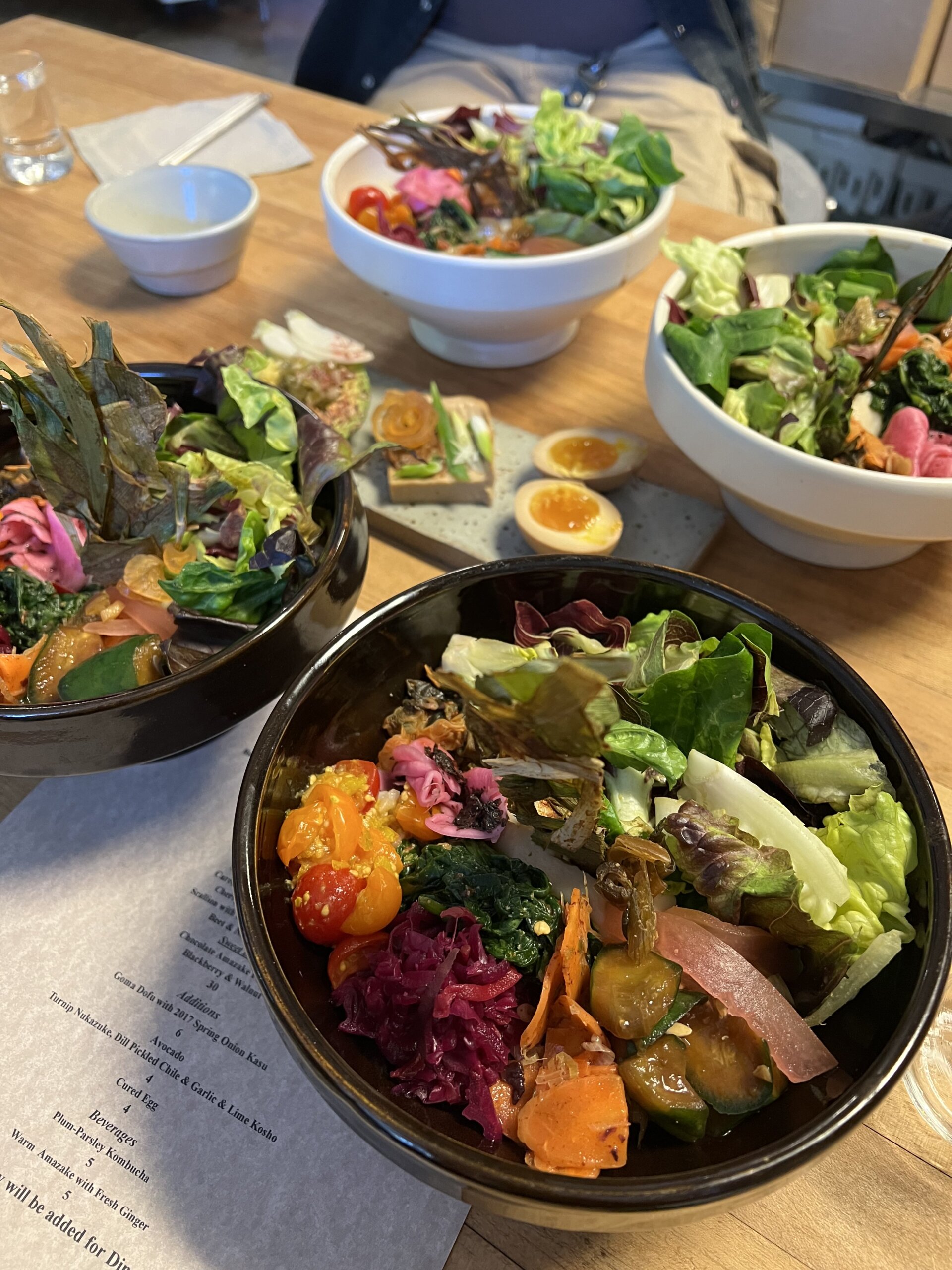
He and Alex have owned The Cultured Pickle shop for 28 years, and have been offering a sit down experience for the last three. Their vast knowledge of fermentation is much sought after by Michelin star chefs. If you’ve ever wanted to geek out on all things fermented and delicious, this is the place for you! The three course dine-in experience is offered on the weekends only. Call or email for reservations and ask for the chef’s counter!
Mezcal Tasting at El Patio
Join Hamei Hamedi in his private upstairs tasting room at West Berkeley’s El Patio. Hamei is a wealth of knowledge in the art of traditional mezcal making. While you taste a wide array of mezcals, Hamei will walk you through the traditional methods of making ancestral and artisanal mezcal, complete with visual footage of Oaxacan agave harvesting and pit roasting. We had no idea different mezcaleros (master mezcal makers) could create such vastly different flavor profiles!
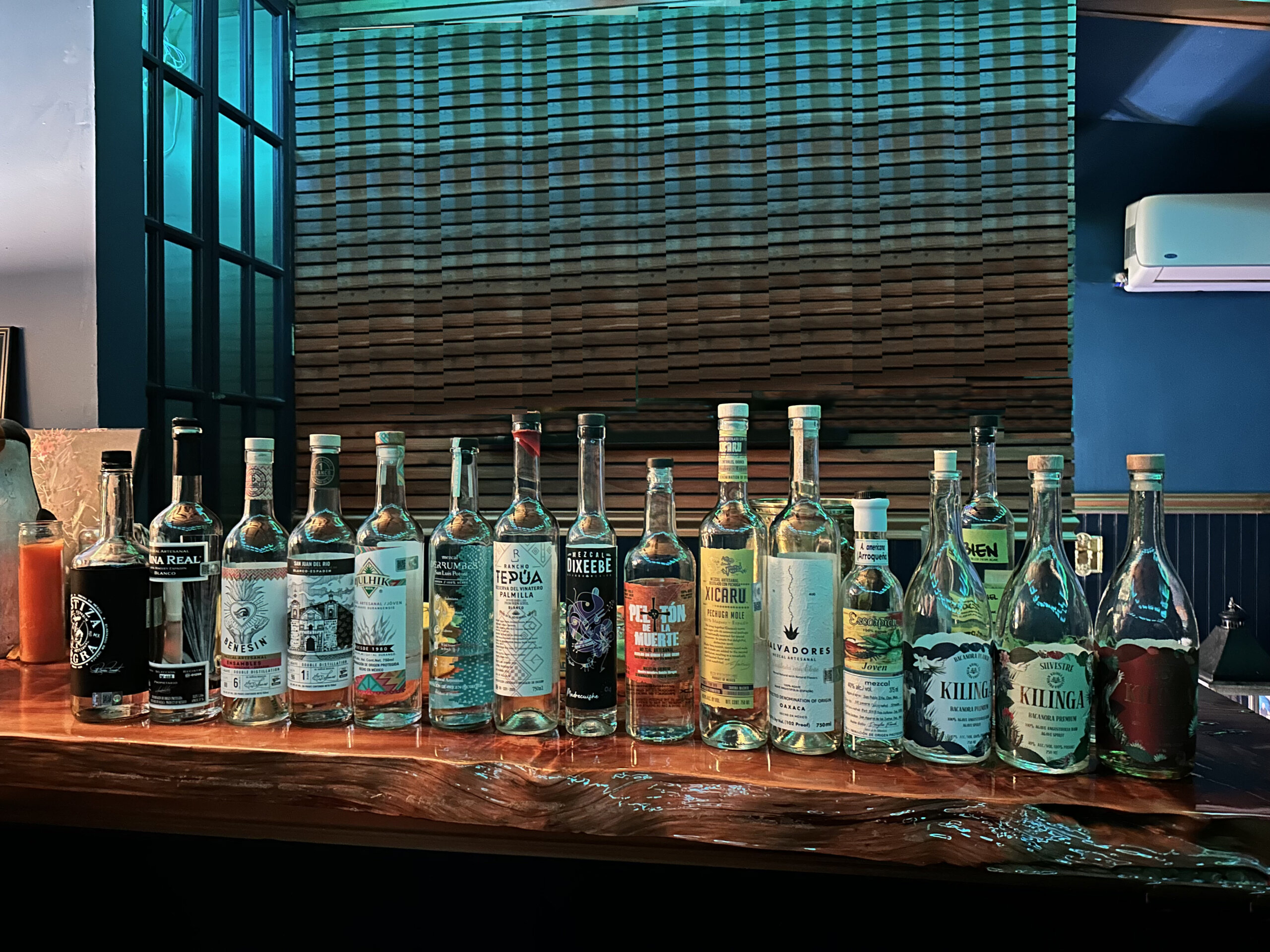
El Patio also has a pink glowing-interior party bus if you’d like the tasting to come to you!
In response to the isolation of the pandemic, divisions in our political life and the growing need for community, we’re witnessing a shift towards design trends that prioritize comfort, connection, and well-being. Here’s a look at the trends shaping the year ahead.
Cozycore: The Comfort Revolution
Cozycore is more than just a style; it’s a movement that emphasizes comfort, warmth, and natural simplicity. From fashion to interior design to literature, cozycore is all about slowing down, nurturing spaces, and embracing moments of calm.
The Comfort Revolution of 2025 is not just about physical comfort—it’s about emotional and mental restoration. Design will continue to evolve towards environments that offer safety, peace, and healing, reflecting our personal values and creating spaces that feel like a true sanctuary.
Trending Colors: Expect warm, earthy, muted tones that invite relaxation. Soft hues that create an inviting atmosphere will be prevalent. Pantone’s Color of the Year “Mocha Mousse” echoes this sentiment, drawing inspiration from the comfort of chocolate and coffee—inviting, rich, and warm.
Source Inspiration:
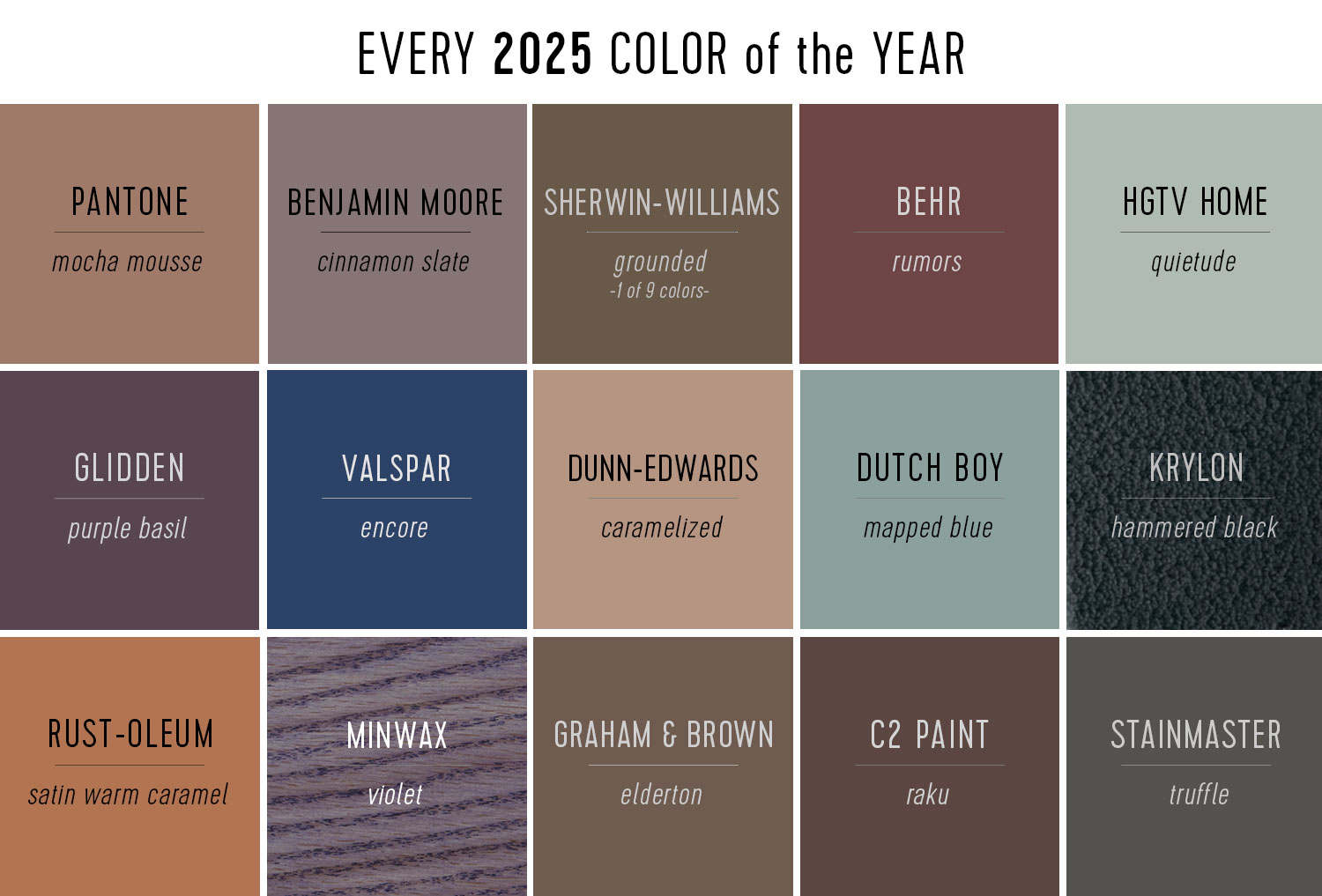
Third Spaces: Rebuilding Community
With hybrid work and remote lifestyles now the norm, we are seeing another iteration of third spaces—places that serve as community hubs beyond home and work. These spaces—whether coworking spots, social clubs, or wellness-driven environments—are designed to foster real connections in a relaxed setting.
Running clubs are replacing nightclubs as the go-to “third space,” with people gathering for fitness, socializing, and dating. The Social Fitness trend continues to rise, with a significant increase in group fitness activities and a deepening connection between people through shared experiences.
Third spaces are more than just places—they are community builders that help combat loneliness and foster a sense of belonging. Thought leaders in Norway are developing cultural spaces that grow and change based on community needs and user input.
Sources to Explore:
3. Hospitality Reimagined
2025 is seeing the return of true hospitality, defined not just by service but by the genuine human connections it fosters. Hospitality is about making people feel seen, valued, and understood—something Will Guidara, author of Unreasonable Hospitality, highlights in his work. He reminds us that great hospitality is the key to creating meaningful, lasting connections, whether in the restaurant industry or any service-based field.
It’s an honor and a privilege to design the “living rooms” that allow our clients to connect with their guests—where the customer feels welcomed and truly part of the experience. This “stickiness” of hospitality means continuously inviting, engaging, and building relationships, even when it’s hard.
Key Takeaways:
Inspiration:
Looking Ahead
2025 will be a year of deeper connection through design, comfort, and community. Whether it’s creating cozy spaces for quiet reflection or fostering vibrant third spaces for socializing, the focus is on rebuilding human connections in a world that continues to shift at an exponential pace. By designing with intention, we have the power to bring comfort and belonging to the spaces we inhabit and the people we meet.
Stay tuned as we continue to explore how these trends will evolve and influence design throughout the year!
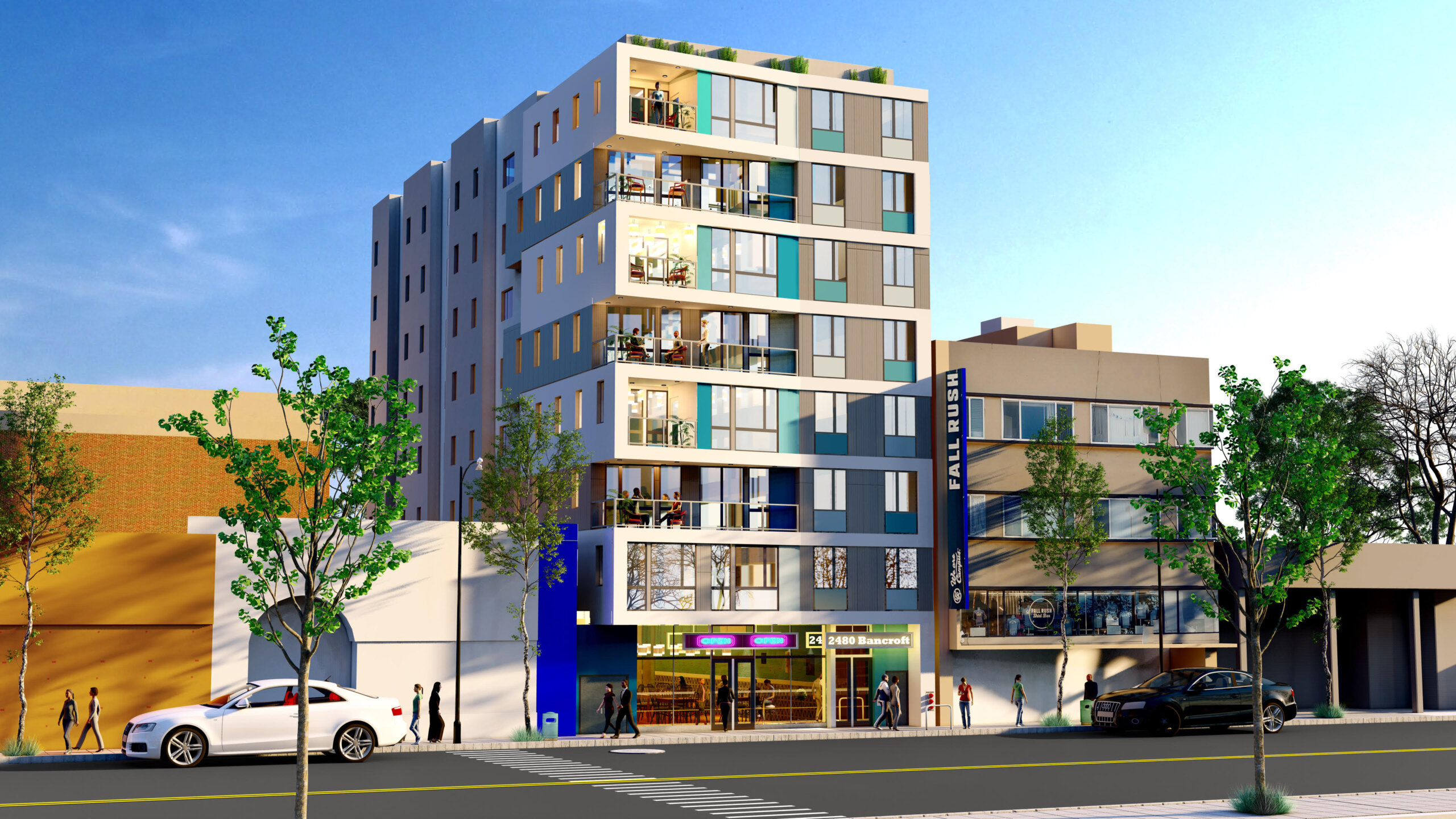 Many in the real estate world are already familiar with the new state Density Bonus law, AB1287, which offers significant financial incentives to residential developers to double the size of their developments if they meet certain affordable housing requirements. What may come as a surprise, however, is where the law can offer the most value: to the small, local developers building in low- and mid-density districts.
Many in the real estate world are already familiar with the new state Density Bonus law, AB1287, which offers significant financial incentives to residential developers to double the size of their developments if they meet certain affordable housing requirements. What may come as a surprise, however, is where the law can offer the most value: to the small, local developers building in low- and mid-density districts.
While high-rise buildings in high-density districts have an inherent advantage of greater efficiencies and economies of scale to bring down the cost per housing unit, AB1287 creates an opportunity for smaller developments to realize similar benefits.
By doubling the size of a low-rise building without also doubling the costs for land, permits, fees, and so on, these projects will be much more financially feasible for small local developers, who don’t have access to the type or scale of capital typically available to large national firms.
In addition, these now double-sized low-rise buildings can still utilize less expensive construction types–wood vs. steel or concrete–and are not required by state code to include many of the costly elements mandatory in mid- and high-rise buildings, such as elevators or additional stairs and circulation.
In short, small local developers will be better able to recoup their investments and make a profit, which in turn will encourage them to build more housing. This could lead to thousands of additional units coming onto the market each year.
We expect that communities across the state will see numerous variants and flavors of development in this new type of “opportunity zone.” While AB1287 may not be the magic bullet to solve the state’s housing crisis, given the relatively inexpensive cost of construction of low-rise housing, the sheer potential number of such projects could make a real dent.
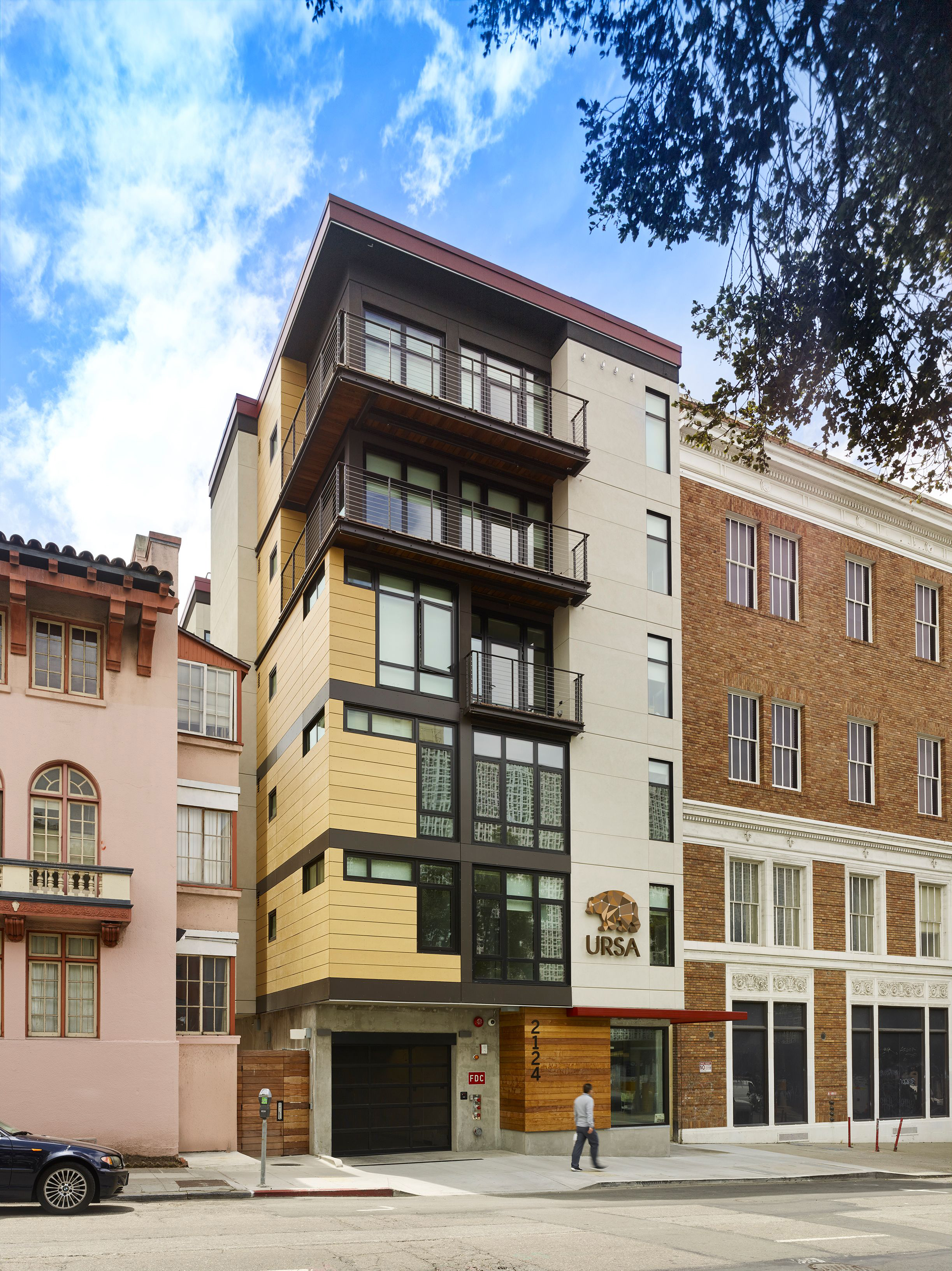 A new apartment building during a pandemic is a truly unexpected challenge but it wasn’t the first for this central Berkeley project. The project, The Ursa Apartments, almost didn’t get built as previous architects looked at the long, extremely narrow site and determined it was unsuitable for multifamily development. The problem, it seemed, was squeezing a building in between two existing buildings on a sliver of a site, and providing natural light for the apartments. But our clients, not easily deterred, came to us for advice.
A new apartment building during a pandemic is a truly unexpected challenge but it wasn’t the first for this central Berkeley project. The project, The Ursa Apartments, almost didn’t get built as previous architects looked at the long, extremely narrow site and determined it was unsuitable for multifamily development. The problem, it seemed, was squeezing a building in between two existing buildings on a sliver of a site, and providing natural light for the apartments. But our clients, not easily deterred, came to us for advice.
The solution to the challenge afforded by the site lay in creating a series of L-shaped units. While the slender building runs through the block (from Bancroft to Durant), the L-shaped units create “notches” in the long building mass. Each of the notches allowed us to provide a series of mini-courtyard balconies surrounded by windows that bathe the apartments in natural light.
We’re pleased to report that the building is now complete and leasing has begun. www.ursaberkeley.com
A few images from the help of a drone (and photographer Ken Gutmaker) tell the story.

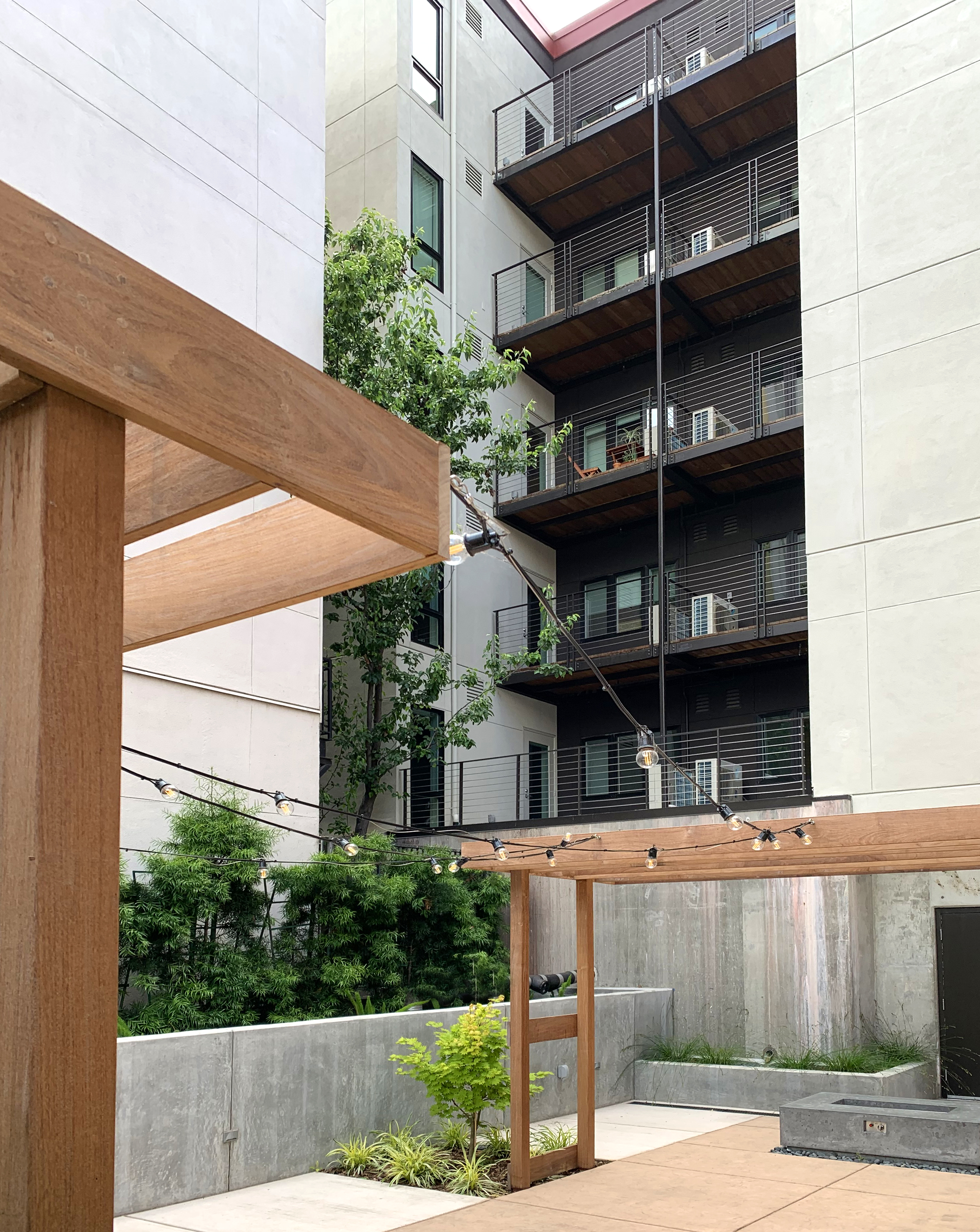
Download and install these free photos for an instant zoom room upgrade.
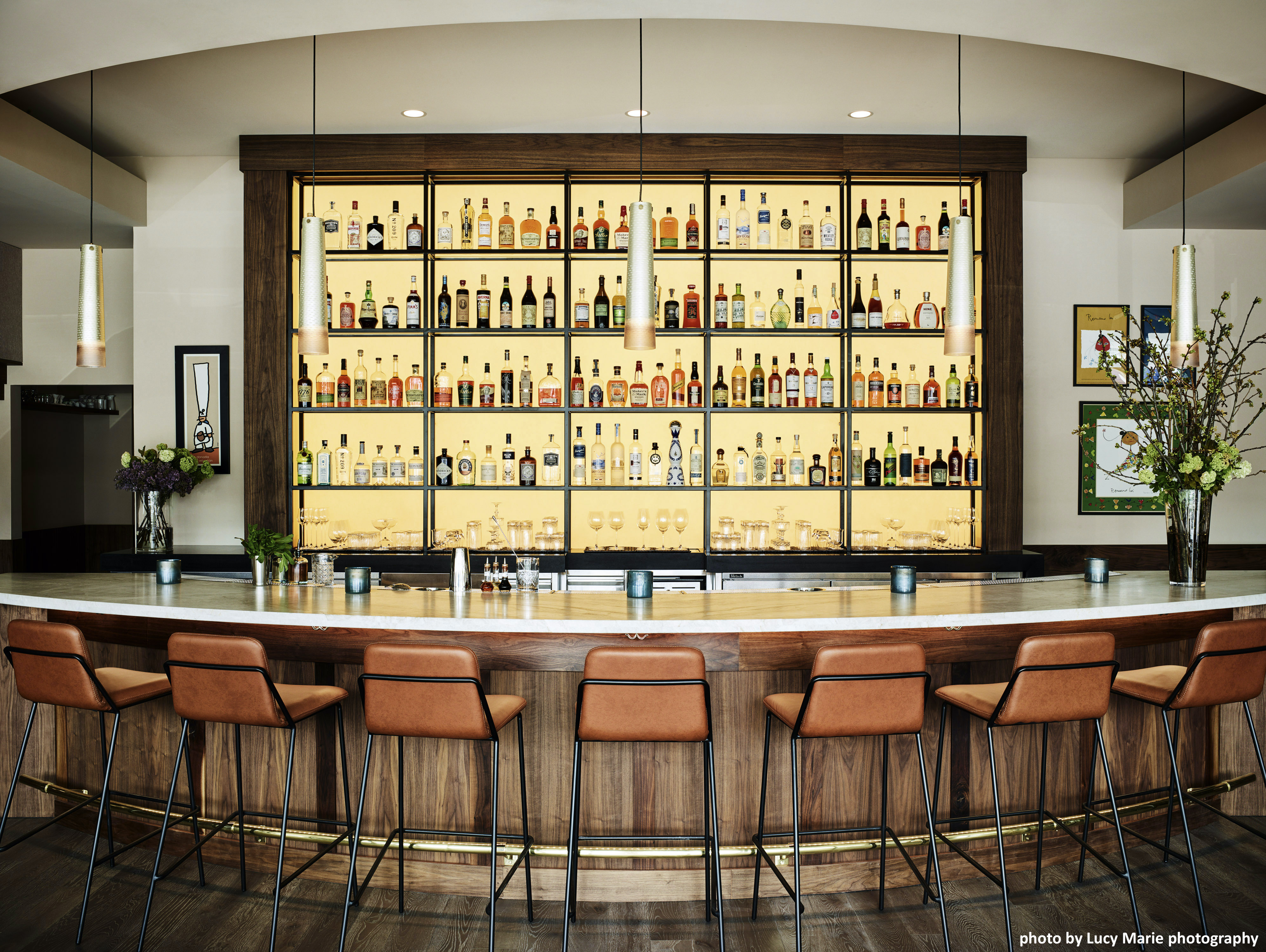
Protege Restaurant Palo Alto • Architect : Studio KDA • GC : Cookline Construction • Interiors : JDLC
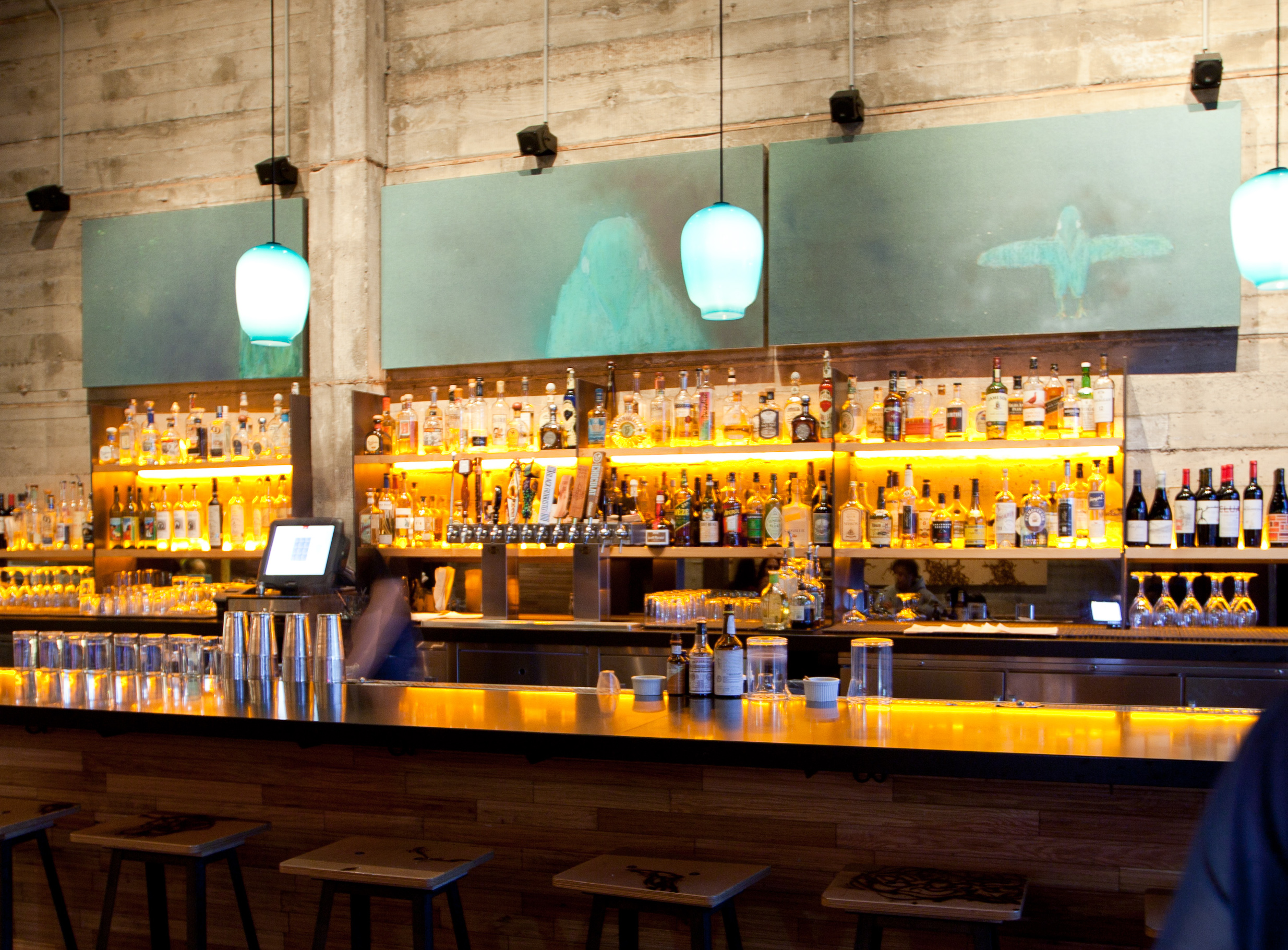
Comal Restaurant , Berkeley Architecture and Interiors : Studio KDA • GC : Northern Sun Associates
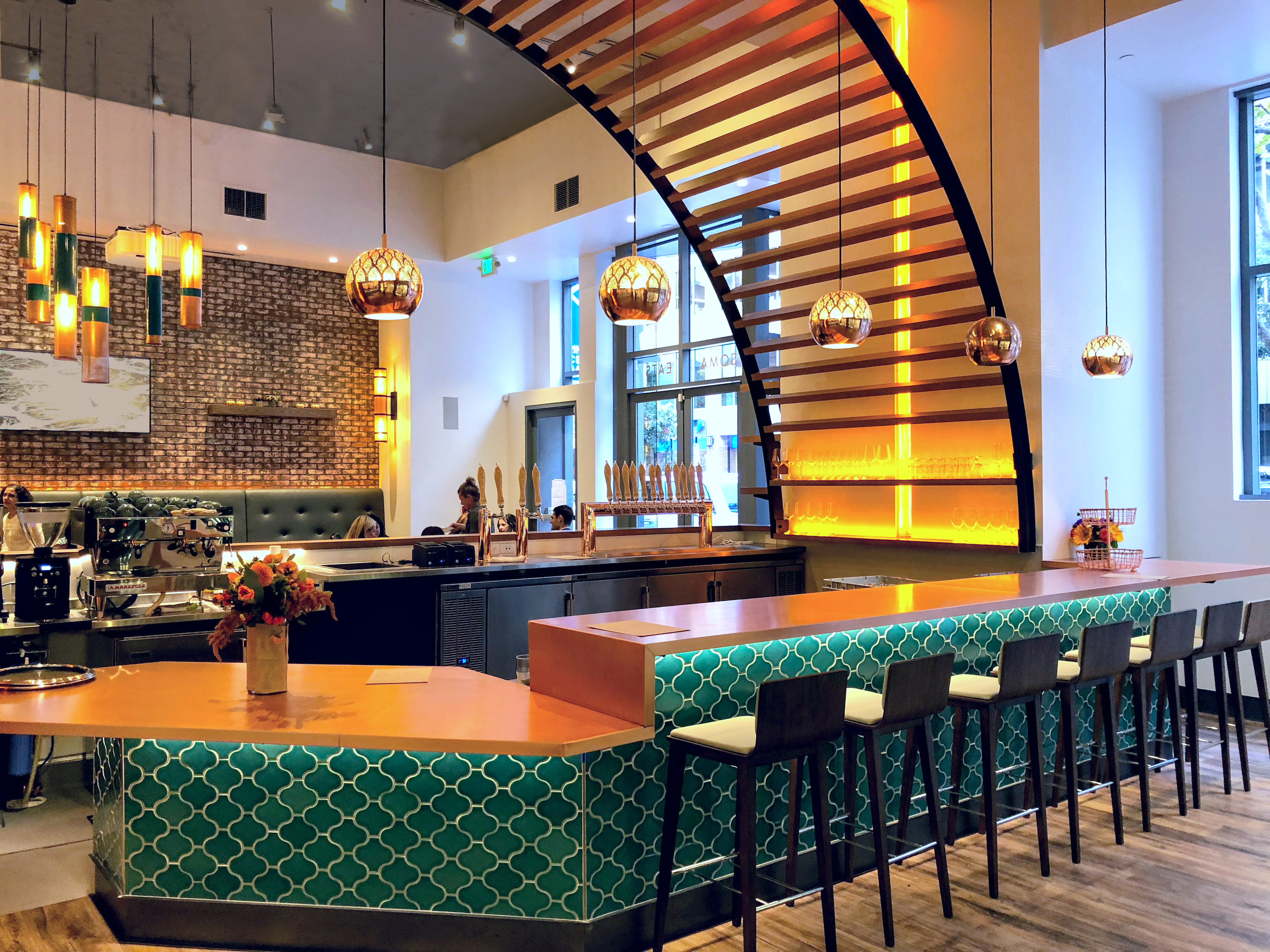
Soma Eats Spear Street San Francisco • Architecture and Interiors : Studio KDA • GC : Novo Construction
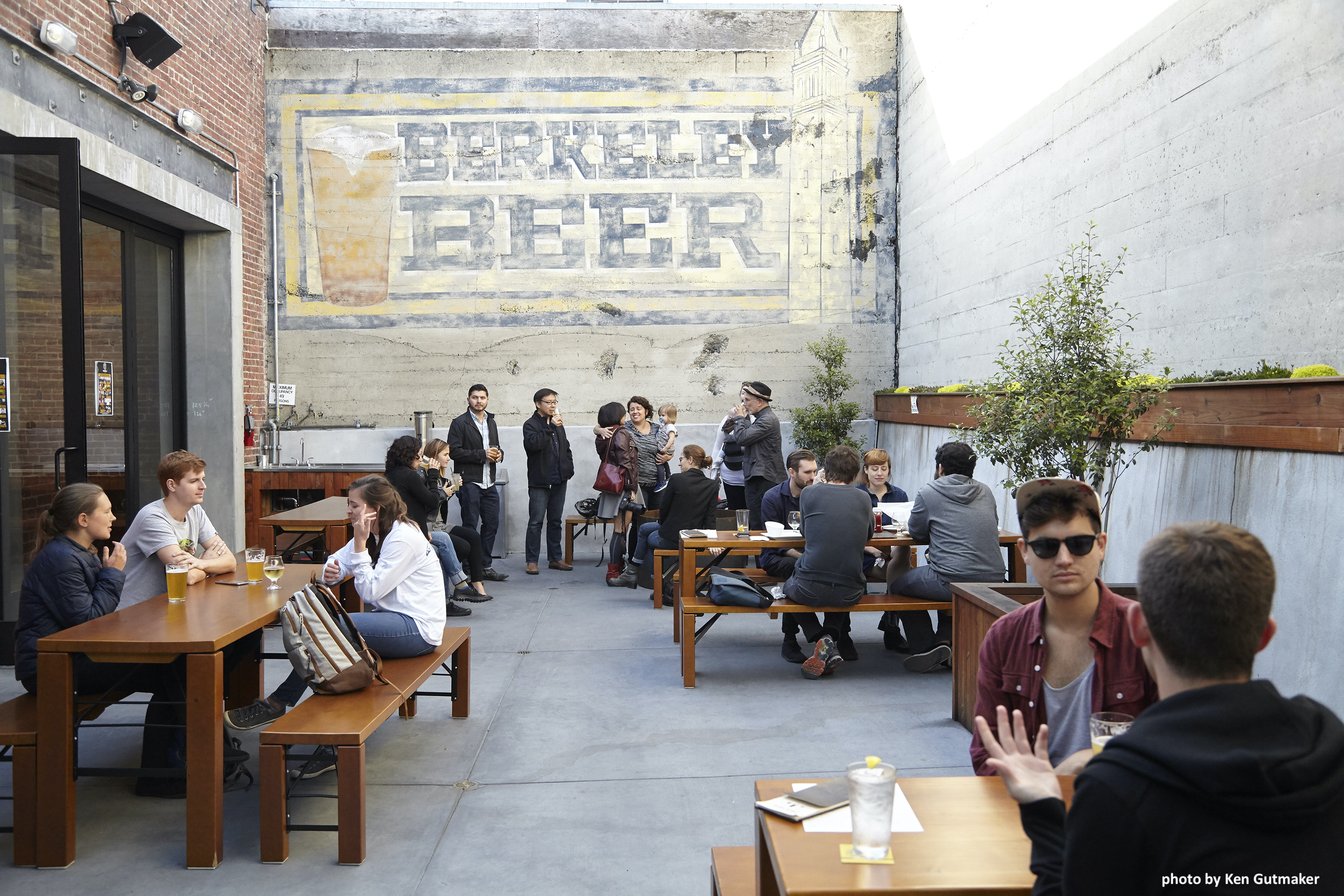
Cornerstone Berkeley • Architecture and Interiors : Studio KDA • GC : Dodson Construction • Photo by Ken Gutmaker

Keith Morris was LIVE on Australian Morning Radio!
Air Date: Tuesday September 8, 2020 8:40am (Australian time)
Network: ABC (Australian Broadcasting Channel) News Radio
Program: RN Breakfast with Fran Kelly
Producer: Linda Lopresti
by Amy Murray, owner Revival Bar and Kitchen Berkeley
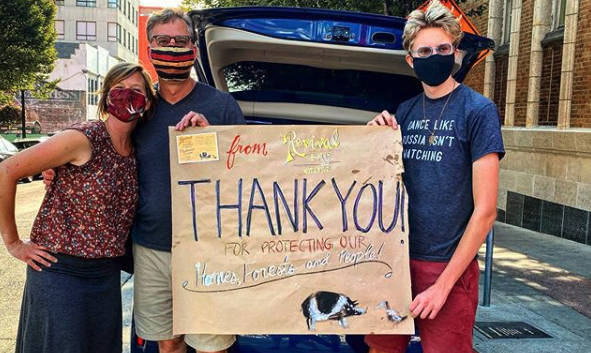
Volunteer Family getting ready to deliver meals to evacuees and firefighters in Petaluma.
August 28, 2020
By now, we are dancing in step to our collective Bay Area pandemic routine, masks in place, sanitizer at the ready, distances kept. Early adopters of common sense and proper protocols, this community has a huge heart and eager willingness to help.
Last saturday I awoke to more horrible news (and acrid smoke) of the lightning-storm turned massive wildfires that were burning in every direction across our fair state. I wanted to do something for all the evacuees and fire fighters. I had plenty of food in my restaurant’s walk-in fridge, and I knew that the good people of this community also felt eager to do something to help.
I have been jumping into action mode since the Pandemic began. How can I stand by and watch people struggle and suffer when I have a spacious restaurant with enough cooking equipment to make hundreds of boxed meals in a few hours?
Thanks to our dear community of givers, I had plenty of practice feeding those in need since late March. East Bay FeedER was started practically overnight by Ayelet Waldman and a team of amazing volunteers to keep approx 70 restaurants working feeding all the East Bay Hospitals, Elder Care Assisted Living facilities, and Community Health Care Centers. We cooked 3 meals a week for about 3 months, enjoying every minute of their excellent volunteer organization which brought so many people joy and comfort in the giving and receiving of hot meals.
The City of Berkeley stepped up early, too, with “Double Helping Hands”, (an organization begun by Dorothy Day House and the Downtown Berkeley Association) to get 100-150 hot meals to our local unhoused population, while also providing work for our local restaurants for the past five months. It is this very energy of care and support that keeps “our battery charged” as we endure the struggles of living during a pandemic. And now, the massive wildfires.
When I read the news feed last Saturday, I had one option. I had to volunteer to feed the evacuees and firefighters, and I had to do it right then and there. I posted a request for volunteers and connections to get food out to the front lines at 10:30 am. Within 40 minutes I had a connection to a volunteer organization in Napa that fed firefighters, police and frontline workers, and 6 volunteers, including a driver willing to drive through heavy smoke to deliver the meals to Vacaville. We met up at 2:00, knocked out some tasty cardamom-clove basmati pilaf, lentil stew, and a tomato vegetable curry (all veggies purchased from the Berkeley Local Farmer’s Market), with papadam and cucumber-dill raita. One of the volunteers was the 14 year old Ruby, a talented artist, who drew a sign thanking the firefighters. The driver took off at 5:00, and 45 people got fed some tasty hot dinner, giving them a big dose of love and support during their grueling shifts as they battle the fire line to protect our cities, and our lives.
This community is rich in humanity. People are eager to donate their time, skills, money and whatever they can to assist those in need. I have a waiting list of names to call for the next volunteer meal we do this sunday. I am so inspired, and so grateful to live amongst such good, pro-active people.
These are trying times, but we are coming through them with enriched spirits, thanks to all of you who care and who give.
Amy Murray
Chef/Director
Revival Bar+Kitchen
Berkeley, CA
510-409-6274